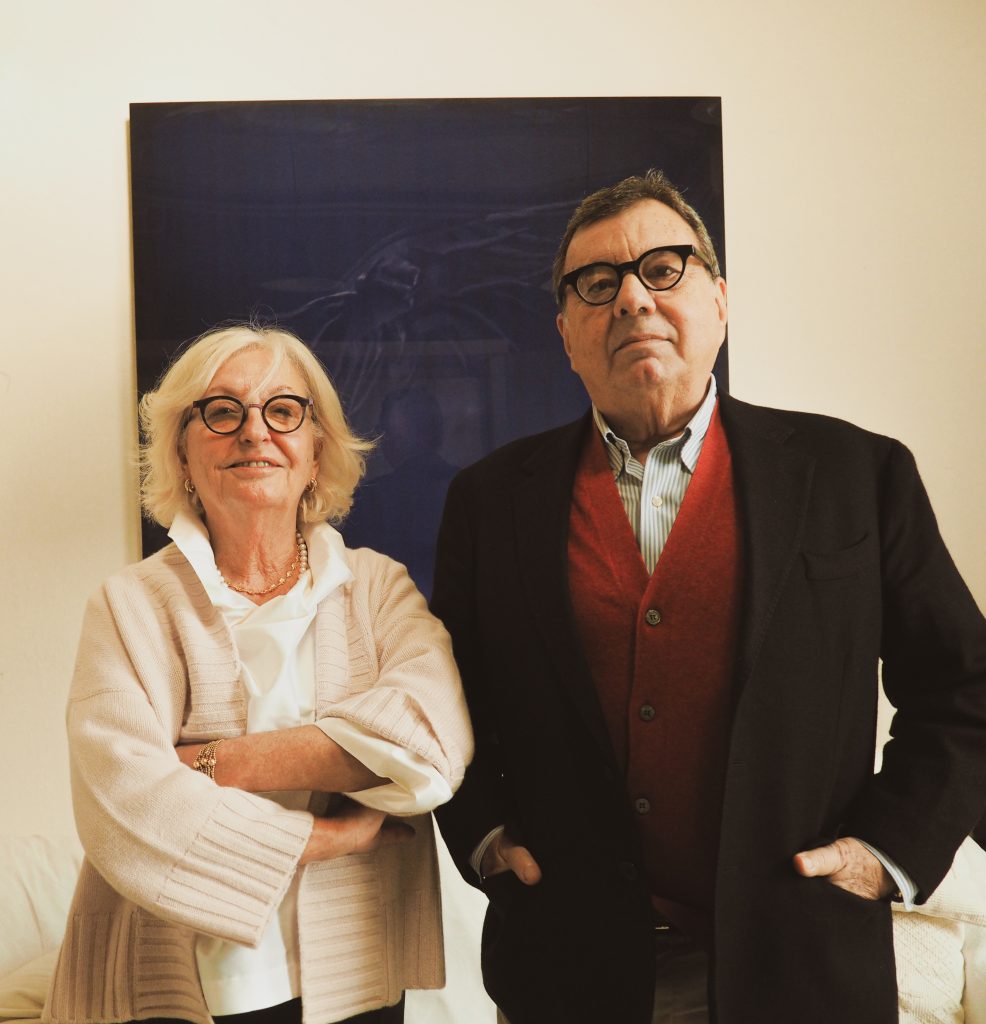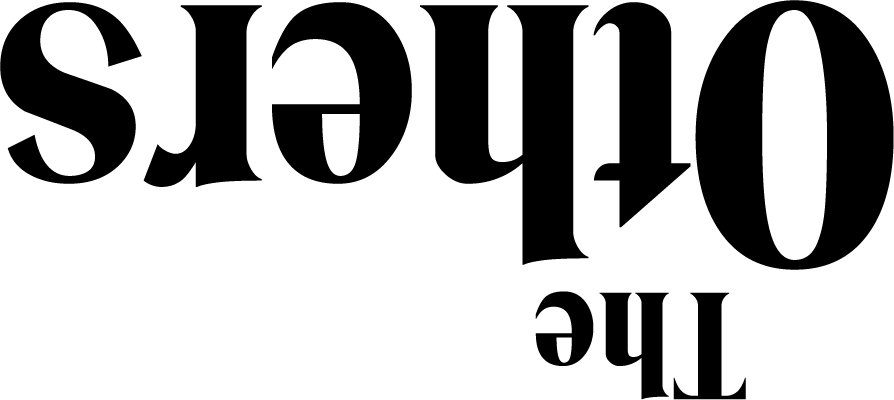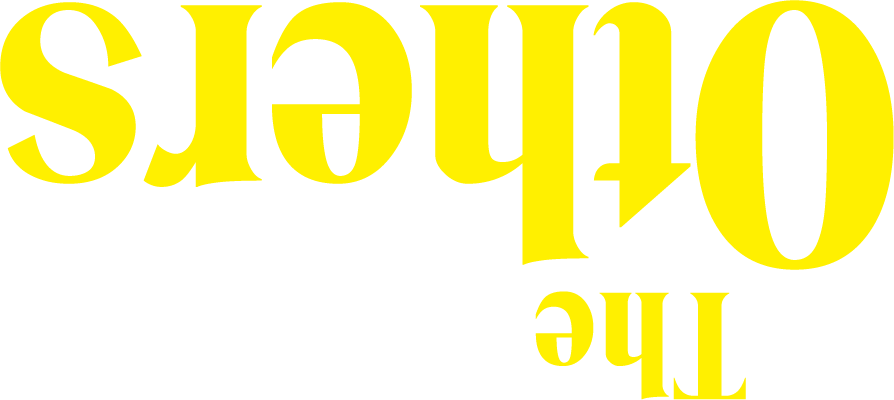22 Dec The Others: ten editions of the fair and ten years of the world
Evening of November 4, 2011, before dinner and afterwards, and until late in the night or even at dawn the next day.
That’s how The Others began. It was a surprise for the public but for us too; we really didn’t expect the endless queues at the ticket office. The former Le Nuove jail exerted a remarkable power of attraction, but what hit the mark was the program, the variety of side projects, the music, the performances and above all the enveloping enthusiasm that overwhelmed anyone who entered the exedra and the garden of silence that had never before witnessed so much noise. We realized it was necessary to give a stage to the emerging realities, that would provide them with a channel to express their overflowing creative energy, and not necessarily structured in the form of a classical gallery. This is how The Others was born, a simple and linear project, but revolutionary in its ways: with unconventional spaces, evening and night hours, the participation fee, the ticket price and the organized jumble of things to do, see, listen and eat and drink. Finally contemporary art in a different, more relaxed and pleasant atmosphere. That November our world witnessed Mario Draghi appointed President of the ECB, and Mario Monti President of the Council of Ministers; the rest of the world had just launched Curiosity, the first exploration vehicle on Mars, which got there after eight months. And, in its own way, The Others too was launched into orbit. 44 exhibitors: 38 Italians and 6 foreigners. The editions from 2012 to 2015 also took place at the former Le Nuove jail, with 50% of the spaces dedicated to non-Italian galleries: from Japan to Iceland, from America to Russia. The appreciation of The Others outside our country is constantly growing, and the percentage of renewals from one year to the next is also a positive sign of the exhibitors’ participation. As the space constraint is becoming more and more pressing, at the same time the issue of safety grows into being the main concern of the sixth edition’s campaign – given that the fair hosts a considerable number of people in just four days.
The fifth edition of 2015 is particularly important in the development of The Others project, because we were able to gratify our artists with a real exhibition, “Exhibit”, which we realized in the former stock exchange building in Turin – abandoned since the early 90s and almost unknown to Turin dwellers, even though it is in the city center –: great dimensions to host a work without space limits, one for each exhibitor, and some works of the city’s galleries. An unimaginable success and a location returned to the general public for new initiatives. A few days later, the fifty-sixth edition of Venice Biennale closed with All the World’s Futures, directed by Okwui Enwezor and the Italian Pavilion with Codice Italia curated by Vincenzo Trione.
The Others again honors its declared ‘nomadic’ culture by moving once again in 2016 and recovering another unusual space in the city, transferring the joy of creativity to a place that has been the scene of sadness but also of care and return to life: the former Maria Adelaide Hospital, an ancient center of excellence for the treatment of infantile rickets that later became an orthopedic clinic and finally closed for good because of the public health system cuts. Two floors, wide corridors, a large inner courtyard, rooms the most varied: from analysis laboratories to operating theaters, from reception and waiting rooms to more and less spacious inpatient rooms.
With this fresh energy and these new spaces available to integrate art with the venue, “Specific” is the section that brings together projects designed and implemented to be hosted in a defined environment and nowhere else. Working, setting up and exhibiting in safety was the real breakthrough made possible by Maria Adelaide hospital. The audience – even the Turin public usually so reluctant to change – responded in a surprising way, feeding the queues at the ticket office that forced the local police to regulate the traffic on Lungo Dora Firenze. Two days after the end of The Others 2016, Donald Trump wins the presidential election in the United States, defeating Hillary Clinton despite the three million votes more than The Donald.
In 2017 we see women’s power on the rise in the world of art, with Christine Macel director of Visual Arts at the Venice Biennale and Cecilia Alemani curator of the Italian Pavilion; in Turin another woman – Ilaria Bonacossa – succeeds Sarah Cosulich Canarutto as director of Artissima. At The Others Bruno Barsanti is joined by Ludovica Capobianco and Greta Scarpa, but holds the reins of the curatorial board firmly in his hands. Thanks to their work and collaboration, The Performance Bar” – a Rotterdam-based collective founded by artists Daniel van den Broeke and Florian Borstlap – arrives in Turin from the Netherlands. “The Performance Bar” is a transformable object that incorporates a bar, a musical organ, a bathtub and a stage, on which the artists performed every night together with the ones who responded to the open call that “The Performance Bar” dedicated to Turin and The Others. This is the great news of the seventh edition of The Others, which also saw the largest number of participating galleries both in quantity and quality. In 2018, aware that it would be our last year at Maria Adelaide – because we brought back to life an abandoned place for four days and this aroused little perplexity but a lot of envy –, we consolidated our relationship with the neighborhood and lived intensely the fair, closing late on Sunday night with a mixed feeling of resignation, regret but also reactivity. The Others would again be engaged in the research and proposal of a new location.
The old military hospital in Turin – today Caserma Alessandro Riberi – had all the features to host the 2019 edition of The Others, and it seemed a dream to get a part of it granted by the Italian Army; the availability of the officers in command and their foresight, combined with the collaboration of all the military involved in the project made the experience possible, and we hope to repeat it in the future.
The Others faces the relocation to the new site – also new to the Turin audience, because it was never opened to the public – with a renewed curatorial board under the coordination of Lorenzo Bruni who succeeds Bruno Barsanti called to other prestigious assignments; since 2000 Lorenzo is coordinator of the non-profit space BASE/Progetti per l’arte in Florence and teaches Aesthetics of new media and phenomenology of the arts in different art academies. He also has an extensive international curriculum, in fact he has had assignments for the Karst Art Center in Plymouth, the KCCC Museum in Klaipeda, Lithuania, the HISK in Gent, Belgium, the Musée d’art modern de Saint-Etienne Métropole in France. Together with Bruni, the board is headed by Yulia Belousova, Romuald Demidenko, Amélie Quillet and Simone Ciglia.
The exhibition display is very evocative and fascinating with works by Specific hosted under the field tents along the access path to the pavilions; moreover, the 2019 edition was particularly interesting because of the interdisciplinary nature of the collaborations carried out in the spaces, starting from the one with the Scuola di Alto Perfezionamento Musicale of Saluzzo to the one with COORPI, a transmedia dance work – a performance that links dance and artificial intelligence, bodies and machines.
The Others 2019 was also the stage of the very first webtv program of the fair, a new system for the diffusion of thoughts, with the intention of giving a voice to the protagonists of contemporary culture. Artists, curators, critics, collectors, intellectuals, daring young people of today’s world have confronted each other in short conversations. More than 50 live TV shows, open to the public, were broadcasted on social channels and The Others’ Youtube channel, for a total of more than 12 hours of broadcasting and more than 2,550 views.
This edition has also seen the collaboration with many Academies and University Institutes (AANT, Brera, IED, Accademia di Reggio Calabria, Université de la Sorbonne) offering a live experience to many students and becoming more and more a place of training, a platform for the exchange of ideas, a field of knowledge and implementation.
Since its first edition, The Others project has always had the good fortune to find enthusiastic, cultured and proactive collaborators and even today its close-knit staff is a guarantee of professionalism and excellence.
This is the story – condensed, disordered and a little boring – of everything that has happened in recent years. Now we have a difficult task for our project: to redesign the world of the upcoming years, the presentation of the artistic proposals of the post coronavirus phase, preparing to sail to unknown destinations. Sure, our innate curiosity will help us, as well as our will to try new things and experiment, to discover new languages and to renew the interpretation of old knowledge, to be able to see beyond before everyone else. Because we are The Others.
Authors
Roberto Casiraghi e Paola Rampini



Sorry, the comment form is closed at this time.